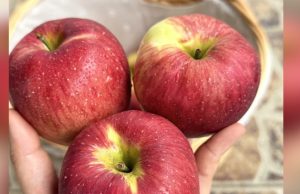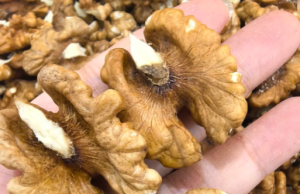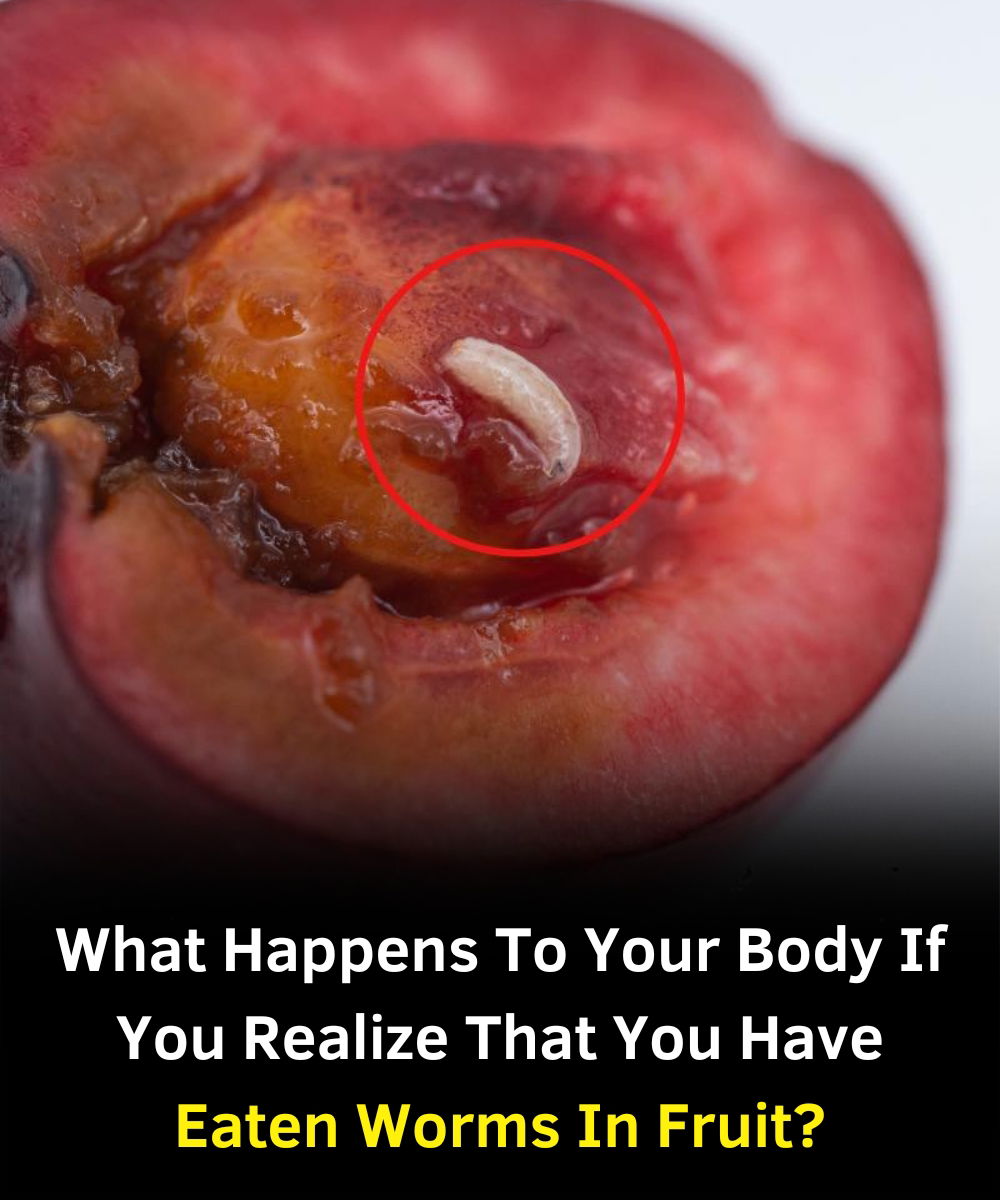
Worms often appear in fruit as a sign that it has begun to spoil or has been exposed to contamination. Their presence usually means the fruit is no longer in the best condition for eating.
If you spot a worm in a piece of fruit, it’s crucial to avoid consuming that part. Cut out the affected area entirely to prevent potential health risks.
This issue is especially common with organic fruit or produce that hasn’t been eaten promptly. While there’s no reason to panic, it’s wise to understand the potential dangers. The small white worms you may find are typically fly larvae, and their appearance means the fruit has been compromised and, ideally, shouldn’t be consumed.
In many situations, a thorough wash and removal of any spoiled sections is enough. And if you bite into a peach or apricot and discover an unwelcome surprise, try not to overreact.
Are Worms Harmful?
Usually, they’re not severely dangerous. However, since worms feed on things like decaying matter and feces, they can carry health risks, including:
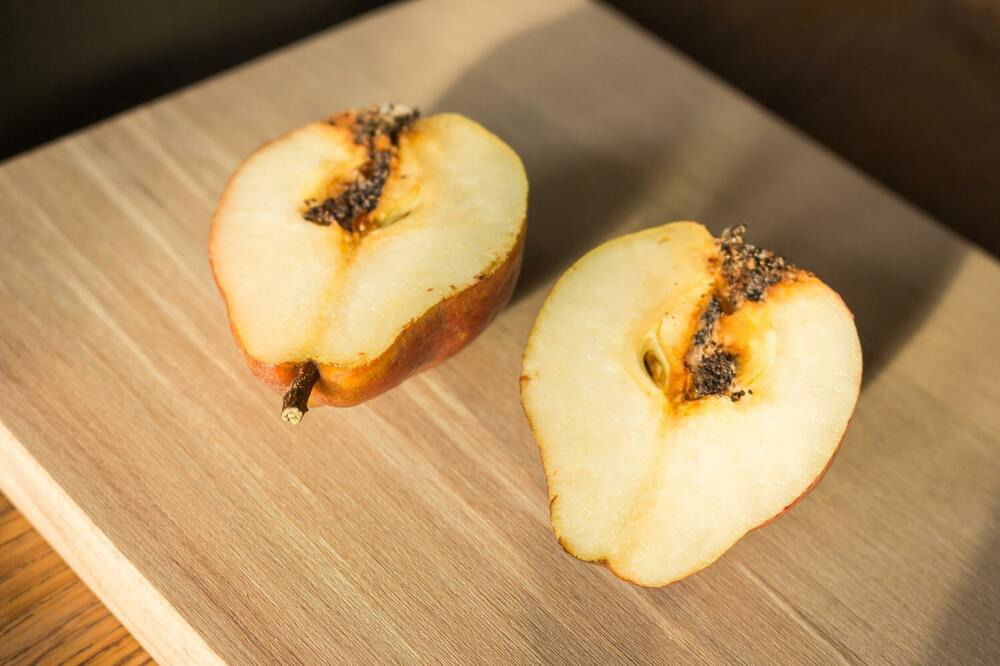
Bacterial Infections: Consuming worms may introduce harmful bacteria such as Salmonella or E. coli, especially since fruit flies often lay eggs on spoiled food or waste. Symptoms may include vomiting, diarrhea, fever, and in serious cases, even bloody stools.
Myiasis: This is a condition where fly larvae infest and consume living tissue. While rare, it typically affects individuals with poor hygiene, particularly in the mouth.
Allergic Reactions: Some people may experience allergic reactions after ingesting larvae. These can manifest as respiratory problems, asthma-like symptoms, or skin irritation like contact dermatitis.
Preventing Worms in Fruit
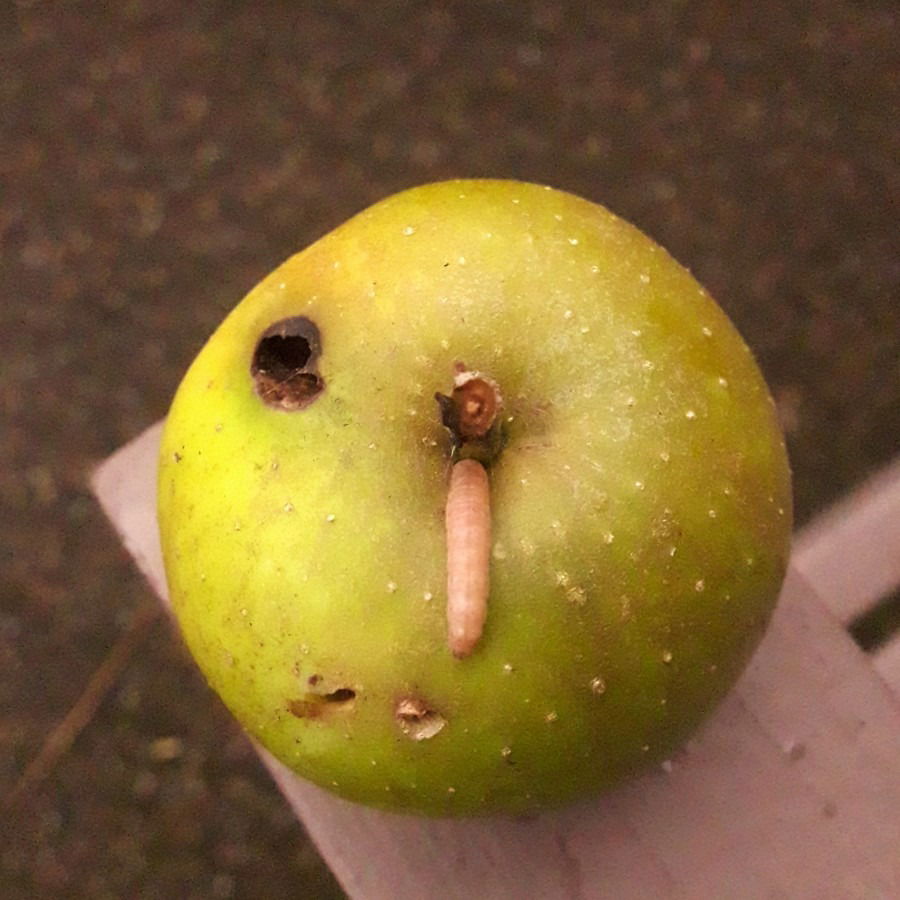
To minimize the chance of encountering worms:
- Eat fruit before it becomes overripe.
- Always examine fruit carefully before eating.
- Wash produce thoroughly to eliminate both visible and invisible contaminants.
Being cautious with your fruit doesn’t require fear—just a bit of care and attention.

